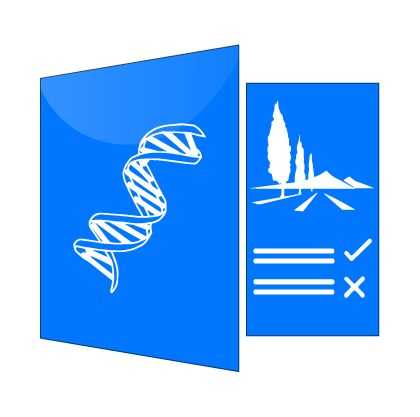World Food Studies Simulation Model (WOFOST)

The World Food Studies simulation model (WOFOST is a mechanistic model for the quantitative analysis of the growth and production of annual field crops. It quantifies crop growth on the basis of the underlying processes, such as photosynthesis, respiration and how these processes are influenced by environmental conditions.
WOFOST calculates attainable crop production, biomass, water use, etc. for a location given knowledge about soil type, crop type, weather data and crop management factors (e.g. sowing date). WOFOST is one of the models implemented in the EU Crop Growth Monitoring System which is used operationally to monitor arable crops in Europe and to make crop yield forecasts for the current growing season.
In its modelling approach WOFOST recognizes three levels of crop production: potential, attainable (limited) and actual (reduced) production.
Potential production represents the absolute production ceiling for a given crop when grown in a given area under specific weather conditions. In the modeling of potential production crop growth and yield are determined by irradiation, temperature and plant characteristics only. Atmospheric CO2-concentration is assumed to be constant. All other factors are assumed to be in ample supply.
Attainable (limited) production modeling takes, in addition to irradiation, temperature and plant characteristics, also the effects of the availability of water and plant nutrients into account. If the supply of water or nutrients is sub-optimal during (parts of) the growing season, this leads to water- and/or nutrient-limited production, which is lower than potential production in terms of total plant biomass. In special cases the water-limited yield (harvestable product) may be higher than potential yield because of more favourable harvest index.
Actual (reduced) production modeling, takes, in addition to the factors considered in limited production, also the possible reduction in crop yield by mostly biotic factors like weeds, pests and diseases into account.
WOFOST is implemented in several versions, for which advantages and disadvantages are clearly described, and well documented. Each version can be downloaded, for several the source code is available and documented.
Besides offering stand-alone software for quantifying crop production and yield for several crops under given environmental scenarios, WOFOST can serve as a sub-model, for instance in integrated biophysical-socio-economic modelling (such as LUDAS). The main advantages of WOFOST are its detailed documentation, availability of source code, and transparent theoretical basis.
